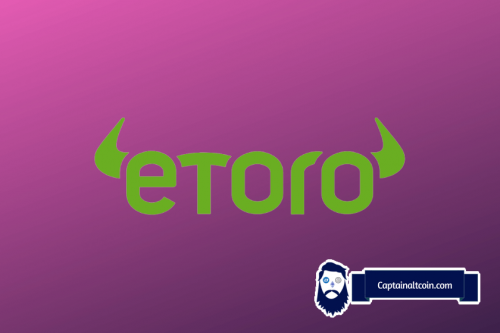Kaspa’s Comeback? The Truth Behind the Hype, the Crash, and What’s Next

The Kaspa price bounced nicely from local lows this week at below $0.06 and is now trading around $0.075. After weeks of pretty sluggish price action, Kaspa holders can be fairly happy with how this week went.
Popular female YouTuber that goes by the name ‘FireHustle’ posted a viral video a few weeks ago to her 65k subscribers about Kaspa.
The Rise and Fall of Kaspa Hype
When Kaspa first launched in 2022, enthusiasm around the project was palpable. FireHustle called it the “fastest-growing crypto project” at the time, and for good reason. The KAS token had been climbing consistently after launch, nearly breaking into the Top 20 cryptocurrencies. The community was expanding rapidly, with many believers convinced Kaspa could become a Top 10 crypto during that market cycle.
Fast forward to 2024-2025, and reality looks different. KAS fell out of the Top 50 cryptocurrencies, and its price chart shows what traders call a “round trip” – an initial run-up, followed by a peak, then a return to launch prices. This dramatic shift prompted FireHustle to ask the question on everyone’s mind: Was all the hype just fake?
Read also: 500 Million KAS Disappear from Exchanges – What Are Kaspa Whales Planning?
Kaspa’s Technology
Kaspa runs on a Proof-of-Work system, similar to Bitcoin. This makes the network secure but uses a lot of energy. What makes Kaspa different is its BlockDAG technology. Unlike a regular blockchain that adds one block at a time, BlockDAG can add many blocks at once. This makes Kaspa faster.
Right now, Kaspa processes one block every second. The team wants to increase this to 10 blocks per second soon. They use something called GhostDAG that lets transactions happen at the same time instead of one after another.
The team recently updated the network with the Crescendo Hard Fork. All validators had to upgrade their software. This update is just one of 15 planned improvements to make Kaspa better.
When measuring performance, Kaspa talks about blocks per second instead of transactions per second. Each block can hold quite a lot of data. In theory, Kaspa could handle thousands of transactions per second. But in reality, it usually processes less than one transaction per second. This shows the network has room to grow.
Growing Pains and Challenges
Kaspa faced problems when it launched Kasplex, its token platform. The system got congested, fees went up, and users couldn’t access the website. The team explained that the main network was still working fine – only the website had issues.
A big challenge for Kaspa is that it doesn’t have smart contracts or apps built on top of it yet. Users can only send and receive the KAS token. This puts it behind other cryptos like Ethereum and Solana that can do much more.
The team is now working on adding smart contracts and Layer 2 solutions. These would allow for things like DeFi apps and tokenizing real-world assets. The Kaspa Key Initiative aims to give developers tools to build on Kaspa.
Since January, the KAS price has fallen more than most other cryptocurrencies. This shows that people are uncertain about its future and worried about delays. For investors, deciding whether to buy, hold, or sell KASPA depends on how much risk they can handle and if they believe in the project’s future. Some early investors saw their investment grow from about $0.03-0.04 to $0.20. Taking some profits at that point would have been a smart move.
Notably, Kaspa achieved its initial growth without smart contracts or L2 solutions. Now, with major upgrades just weeks away, including the May 5th mainnet update, Kaspa could position itself as a highly competitive Layer 1 if these developments succeed.
Follow us on X (Twitter), CoinMarketCap and Binance Square for more daily crypto updates.
Get all our future calls by joining our FREE Telegram group.

We recommend eToro
Active user community and social features like news feeds, chats for specific coins available for trading.
Wide range of assets: cryptocurrencies alongside other investment products such as stocks and ETFs.
Copy trading: allows users to copy the trades of leading traders, for free.
User-friendly: eToro’s web-based platform and mobile app are user-friendly and easy to navigate.


